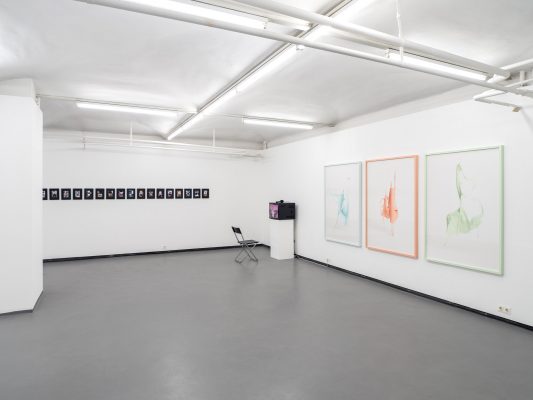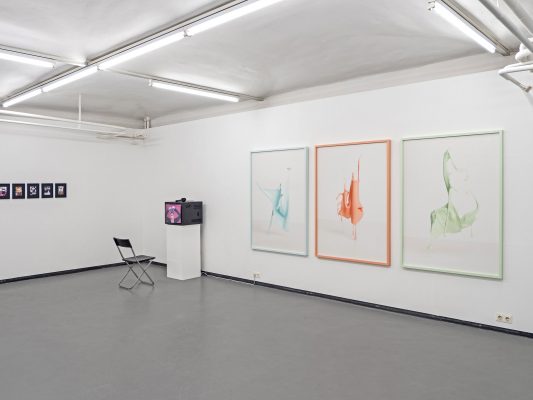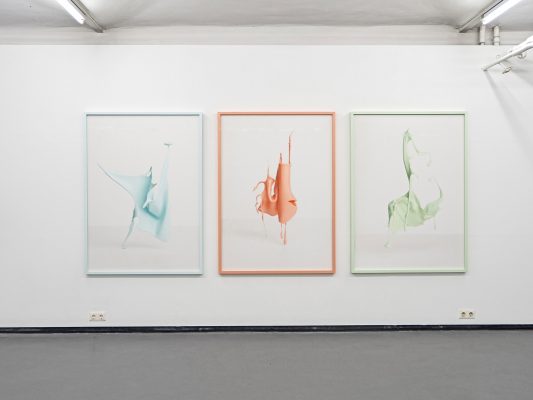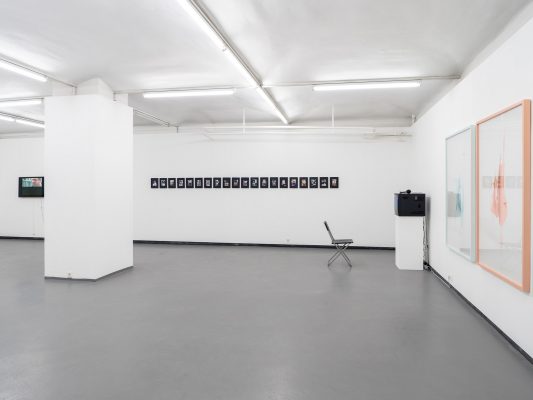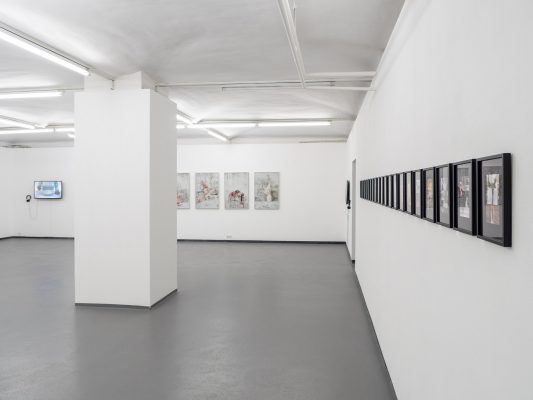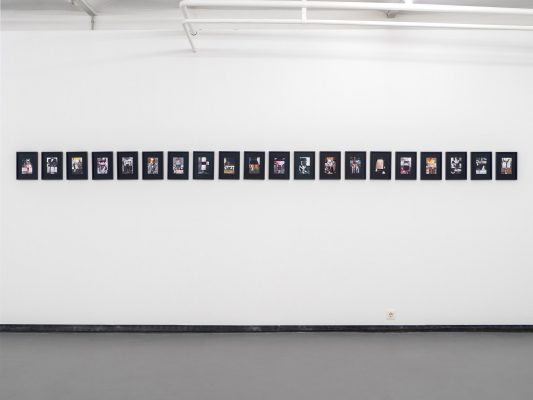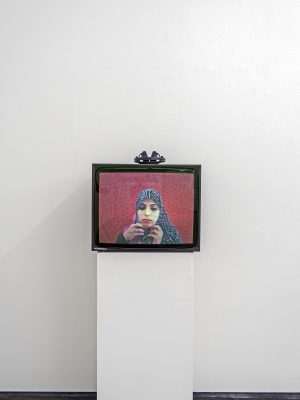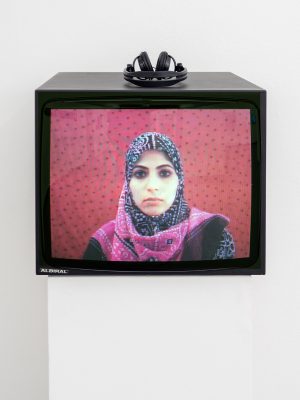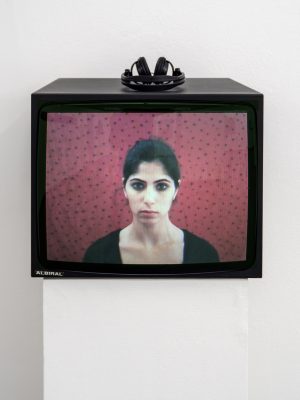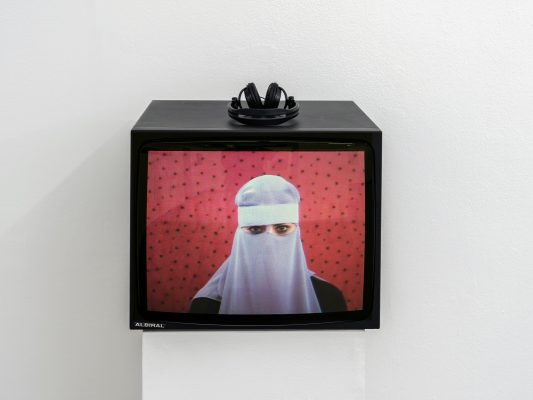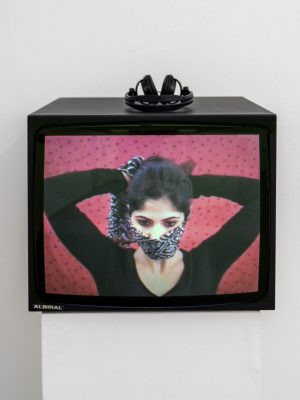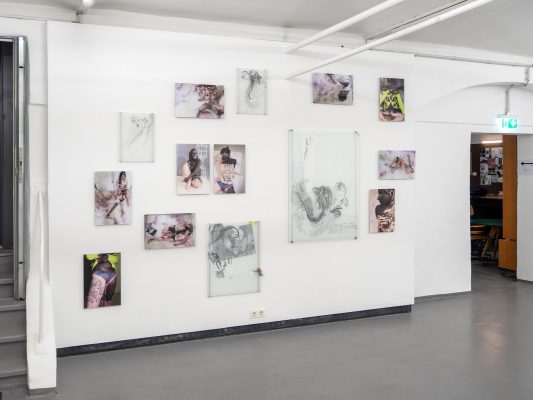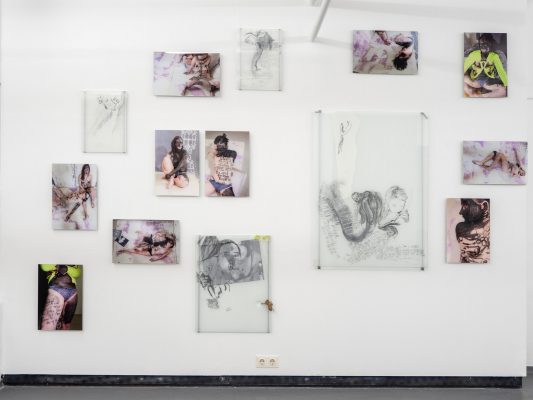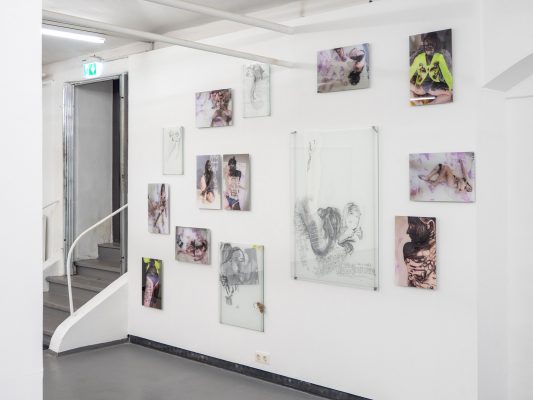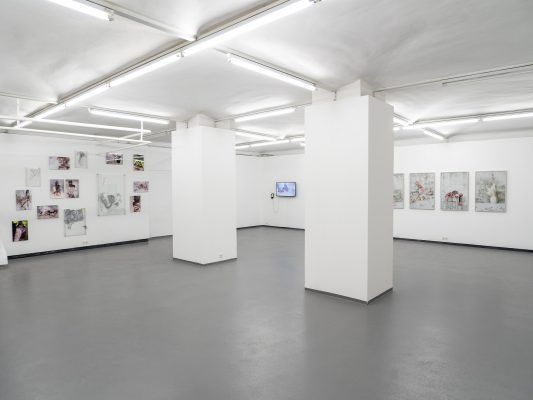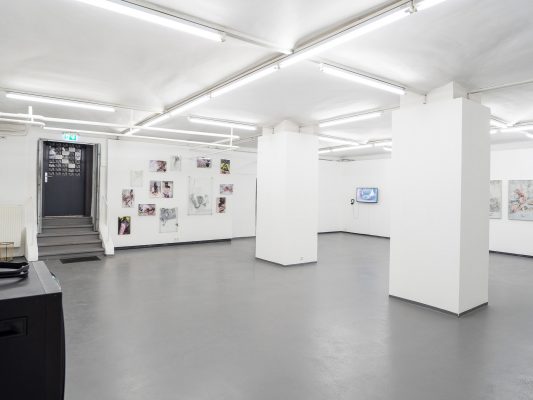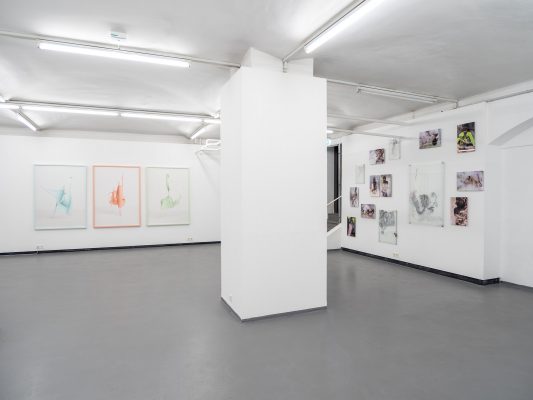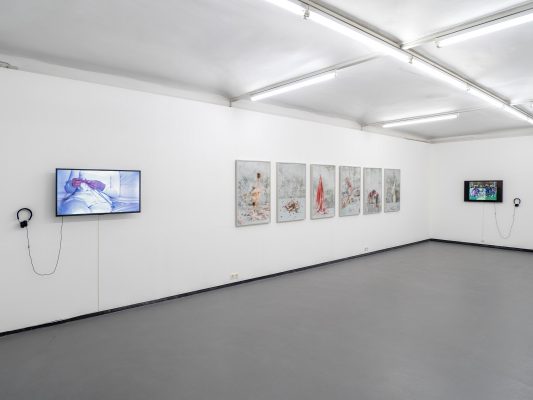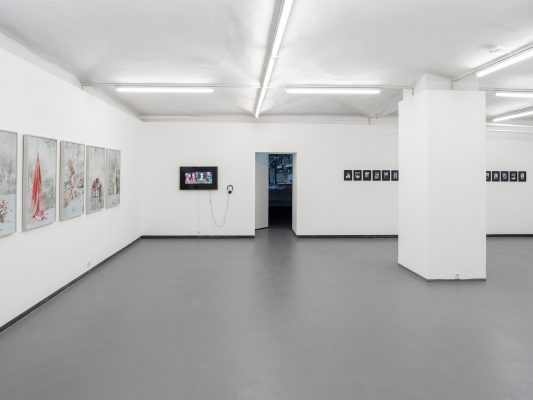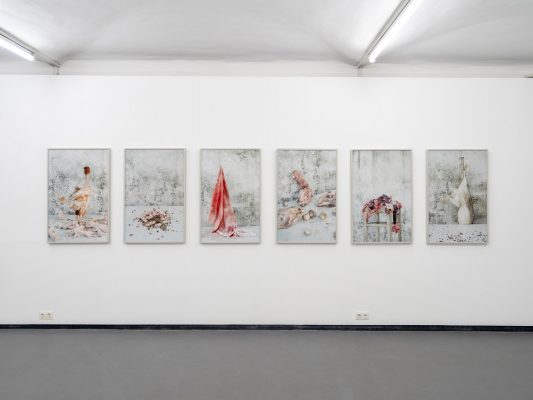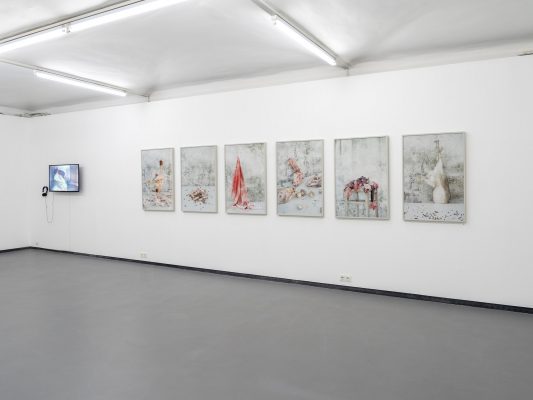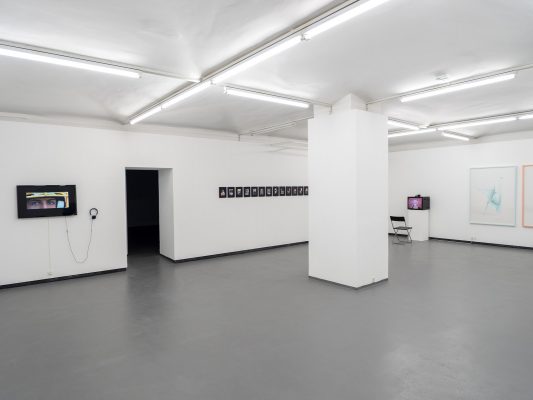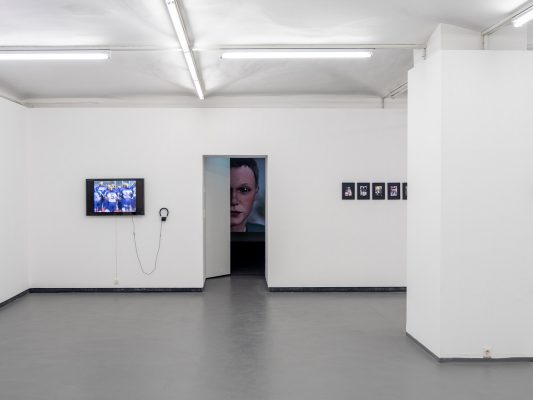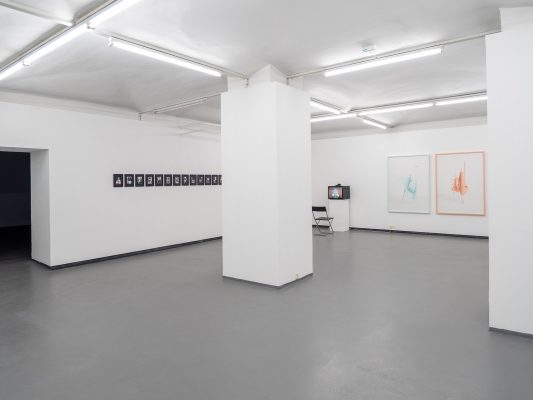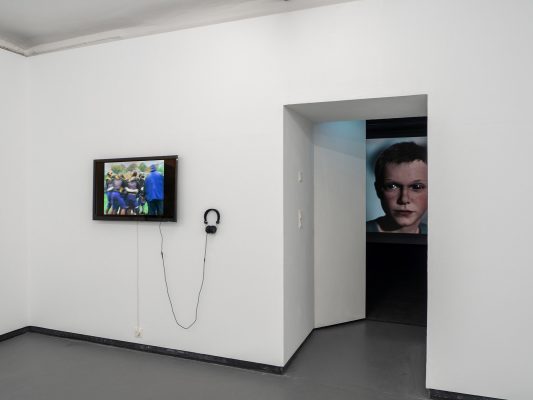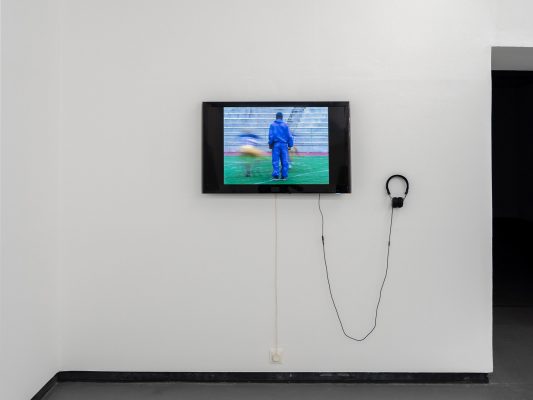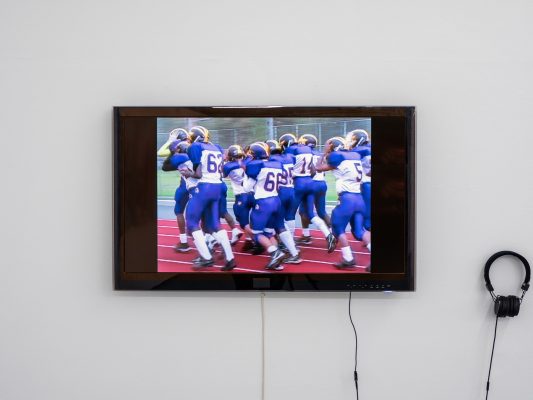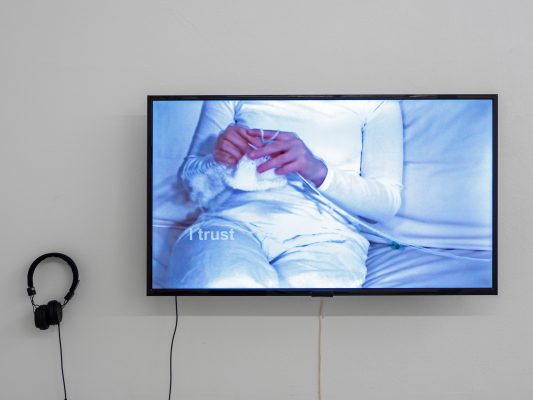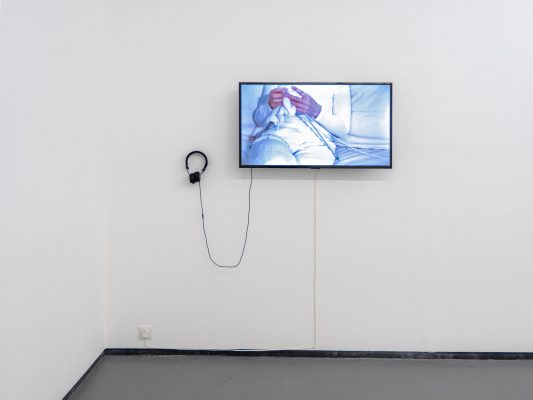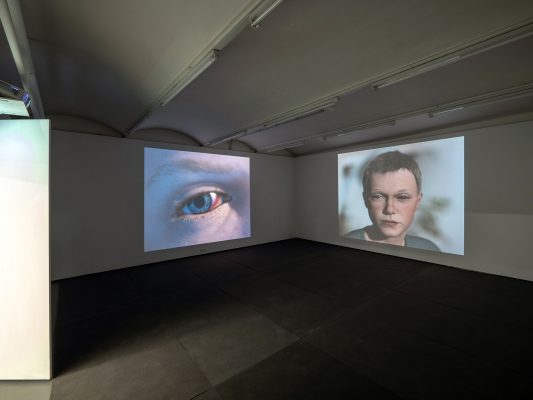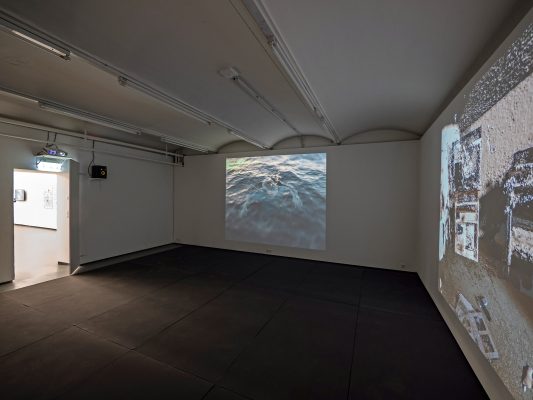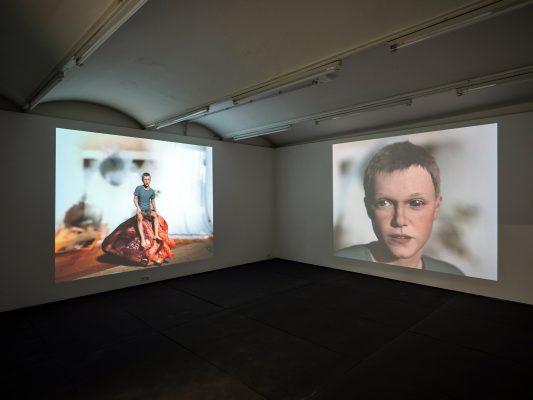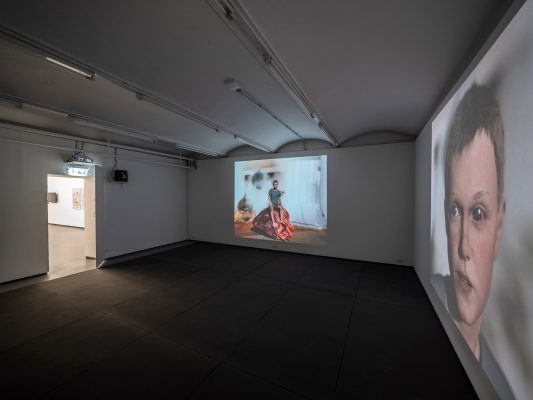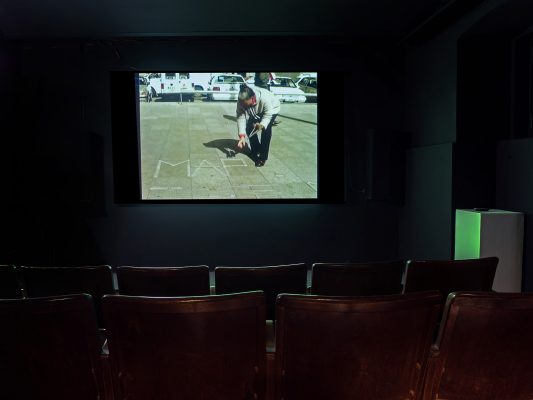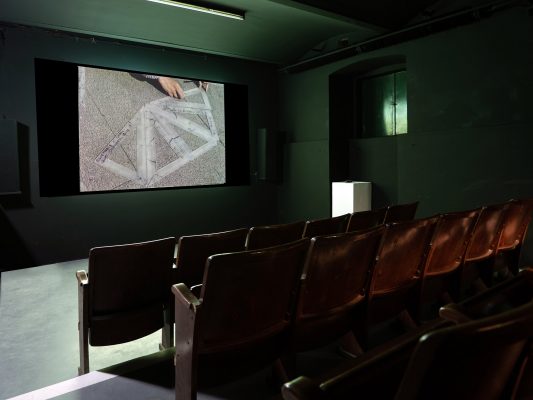Opening: Monday, 2 September, 7 p.m.
Introduction: Petra Noll-Hammerstiel
sponsored by: BKA Österreich; MA7-Kultur; Cyberlab
Thanks to: Dejan Sluga, Miha Colnar, Lisl Ponger and the
Slovenian Culture and Information Centre SKICA
Rituals are an important component in human expression and communication behaviours and tell us much about the values, understanding of roles and social interaction where they often assume a regulatory and supportive function. The complexity of the substantive issues and the great importance of rituals for humanity inspired the curatorial team of the FOTOGALERIE WIEN to put a focal point on this theme with a series of four exhibitions for the years 2019/2020. The term “ritual” was originally only in common use in liturgical and/or ceremonial contexts but is now in general use at every social level. A ritual is a series of actions carried out according to fixed rules, usually in a specified order. This is primarily aimed at engendering identity and meaning and correlates with a desire for orientation, knowledge and community actions. It is distinguishable from everyday habits i.e. from instrumental, regular and, above all, purposeful activities that can, however, have a “ritual character” ascribed to them. First and foremost, therefore, rituals occupy the spiritual and emotional sphere. Additional characteristics are enactment, processuality and, usually, a high degree of symbolism too.
The four exhibitions are concerned with social rituals and their associated networks of relationships: with rituals that articulate demonstrations of power, suppression and exclusion along with religious and other ceremonial rituals. In the course of this, the codes, behaviours and forms of communication related to the various rituals will be examined.
The first exhibition with the title, Correlations, shows works by artists who are concerned with eliciting the complexities of identity, role models and the ritual structures in the societies and cultures of various countries. On the one hand, their point of departure is their own ego as formed by their (in part, gender specific) experiences of education, tradition, religion and conventions, that may be of social relevance. On the other hand they examine the modes of behaviour, structures and norms of communities that are articulated in ritual expressions. Relational structures are examined which are each influenced by various ritual forms of conduct and interaction. These rituals link specific groups to a community that promises support and security on the one hand and, on the other, may trigger constraints, restrictions and other borderline experiences. The artists selected here visualise the phenomena of “ritual” foremost in the form of metaphors, symbolic staging or the re-working of documentary material.
In the video, Ver-Wicklung by Adidal Abou-Chamat a young woman ties a headscarf in various country-specific ways with Arab/Turkish pop music in the background. By symbolically illustrating the varying rituals of tying and wearing a headscarf by religious groups and in everyday life, Abou-Chamat deconstructs the entrenched female role models. The climax comes at the end: here the niqab-veiled face of the protagonist is revealed by a gust of wind. This playfully defuses the Islamic veiling imperative that the German artist of Syrian origins is addressing and thereby implicitly all clothing regulations dictated “from above”.
In the closely related work groups, Where to Draw the Line, and 30 Reasons a Girl Should Call It a Night / Passion of the Real by Iris Andraschek, the subject matter is photographs or drawings of young women who subject themselveds to precarious and risky physical rituals and subsequently post images of it on social media. Andraschek posed two young women who have texts on their nude bodies reflecting negative postings, in photographs of staged border crossings. The issue is raised as to who draws the borders and who invents new (relational) rituals that decide who is included or excluded. In her drawings Andraschek refers to Facebook photographs depicting the excessive behaviour of drunken girls.
Vesna Bukovec is showing White Performances / Positive Affirmations, four short videos in which housework is performed in such a manner that its ritual character becomes clearly evident. This is combined with optimistic, auto-suggestive statements that are commonplace in popular self-help culture. The videos are intended to be a critical and ironic questioning with feminist connotations of the individual´s often compulsive search for image, happiness and perfection.These are most specially related to women who are often assigned to these “typical women’s work” household tasks that allegedly give them self-fulfilment.
The photo series, Homesick by Denis Butorac is concerned with the rituals of masculinity and the family. In his Croatian homeland, a boy’s participation in the traditional slaughter of animals is regarded as proof of manhood and as a form of initiaton rite to become part of the adult world. After much hesitation Butorac overcame fear, aversion and incomprehension and took part in this social event as a passive observer. By staging parts of the slaughtered animals in a way that is symbolic and/or religious and aesthetically, he captures the memories in order to create new ones and so get closer to his family and homeland.
Filmmaker Andrés Duque, who is frequently concerned with shamanic rituals, is showing his video Paralelo 10 in which the Filipino Rosemarie enacts her personal daily ritual at the corner of the Avenida del Paralelo in Barcelona. This is a magical, geometric ritual involving the charting of the sun using triangles and marking its progress with cryptic signs. She appears to know the secret of the world; the necessary “facts” are provided by the public space: she counts windows and steps, decodes signs on drain covers, creates measuring instruments for geomantic purposes. In a sensitive way Duque gives this strange woman and her mysterious rituals space.
In her photo collage series, Snapshots, Brigitte Konyen is engaged in examining the religiously influenced, conservative forms of behaviour and the coercions of previous generations from which succeeding generations have liberated themselves. Taking her female forebears as the point of departure, she derives generally applicable social traditions, conventions and codes of behaviour. The basis is provided by family photos which she fragments. Using bodily parts from women of differing epochs she produces images that convey a surreal impression. The ritual actions that are rendered visible in the staging, gestures, poses and the relevant fashionable appearance are those that control and define the female body.
Simon Lehner is showing the 2-channel, 3D animated video, September. It is concerned with a boy´s traumatic experiences caused by an early childhood family incident. Now grown to adulthood, he still undergoes repetitive flashbacks based on a compulsive pattern of rituals. The 3D animated boy embodies this trauma that is repeatedly sparked off by the struggle between the conscious and the unconscious. He speaks directly to the viewer as if he were a voice in their own head and plays with control, self-destruction and the longing to recapture his childhood. Standing in the midst of the projection, the viewer becomes an active level of the consciousness.
In the short video, More Man, Erik Levine examines male initiation rituals in American football and the relationship between those giving the orders and those receiving. He shows how the adult coaches subject young players to massive physical challenges and mentally shape them „to make real men“ out of them. The film is full of the yells and whistles of the trainer; the players’ humiliation, fear and exhaustion are shown but also their triumphs and team spirit. Levine makes use of documentary material that he modifies through close-ups, slow motion, blurring and segmentation of the images in order to bring out the manipulation more clearly. But nevertheless he also characterises the “perpetrators” as victims of their macho mentality.
Marta Zgierska is showing photo works from the series, Afterbeauty, an examination of female body rituals. The remains of used facemasks are depicted; they appear to be abstract sculptures of bizarre, self-dissolving and simultaneously aesthetic form. Applying a facemask is a popular beauty ritual for young women many like to post selfies on social media sites. Zgierska is critically engaged with the contemporary definitions of beauty and its associated social pressures. She subjects herself to the laborious ritual process of applying the multiple layers and their removal solely in order to generate material for her art.
(textual support: Petra Noll-Hammerstiel)
